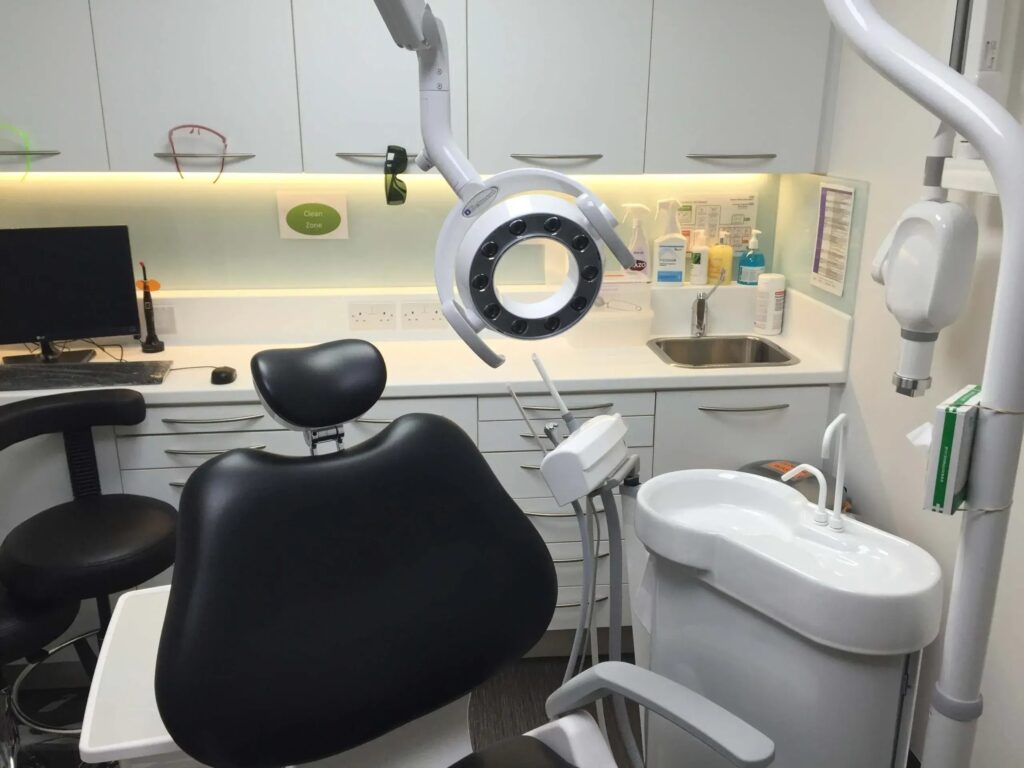
Dental practices are central to patient care, and the environment in which they operate greatly influences both staff efficiency and patient experience. During a dental practice refurbishment, one major concern is downtime, when the clinic may be partially or fully closed. Such interruptions can disrupt appointments, reduce revenue, and affect patient trust. However, with careful planning, phased execution, and clear communication, practices can minimise disruption. It is entirely possible to maintain smooth operations while updating facilities. Thoughtful refurbishment also allows the integration of a luxury dental office design, combining functionality with modern, appealing aesthetics.
Understanding the Impact of Downtime
Before embarking on a refurbishment project, it is crucial to understand the implications of downtime. In a dental practice context, downtime refers to any period when the clinic is unable to operate at full capacity due to construction or refurbishment activities.
Some of the consequences of extended downtime include:
- Lost revenue: Fewer appointments mean a direct financial impact on the practice.
- Patient inconvenience: Cancelled or rescheduled appointments can lead to dissatisfaction and potential loss of loyalty.
- Staff inefficiency: When rooms or equipment are unavailable, staff may be idle or unable to perform their usual tasks effectively.
Recognising these impacts early on underscores the importance of careful planning for any dental practice refurbishment. The goal is to minimise disruption while maintaining patient care and staff productivity.

Pre-Refurbishment Planning
Proper planning is the cornerstone of a successful refurbishment project. Taking time to assess the current layout, define priorities, and plan strategically can save both time and resources in the long run.
Key steps to effective pre-refurbishment planning include:
- Evaluate current spaces: Identify which areas require immediate attention and which can be improved later.
- Prioritise refurbishment tasks: Decide which rooms or zones must be refurbished first to maintain functionality.
- Set realistic timelines and budgets: Accurate planning helps prevent delays and overspending.
- Integrate luxury dental office design: Consider modern finishes, lighting, and ergonomic layouts that enhance patient comfort and overall aesthetics.
- Engage professionals early: Involving designers, contractors, and practice managers in the planning stage ensures that everyone is aligned on goals and timelines.
By approaching refurbishment with a clear plan, practices can anticipate challenges and develop strategies to reduce downtime effectively.
Phased Refurbishment Strategy
A phased approach is one of the most effective ways to minimise disruption. Instead of closing the entire practice, refurbishment can be carried out in stages, allowing the clinic to remain operational.
Some practical strategies include:
- Room-by-room refurbishment: Renovating treatment rooms one at a time keeps other rooms available for appointments.
- Off-peak updates: Scheduling work in reception, waiting areas, or administrative zones during evenings or weekends reduces interference with daily operations.
- Staggered construction: Completing high-traffic areas first and leaving lower-priority zones for later stages.
The benefits of a phased strategy are clear:
- Reduced impact on patient appointments.
- Maintained workflow for staff.
- Gradual integration of luxury dental office design elements without halting operations.
Phasing also allows practice owners to monitor progress and make minor adjustments to avoid major delays or disruptions.
Temporary Solutions for Continuity
Even with careful planning, some disruption is inevitable. Implementing temporary solutions can ensure that the practice continues to operate smoothly.
Practical measures include:
- Portable dental units: Mobile equipment can be temporarily set up in unaffected areas to keep treatments running.
- Temporary partitions: Flexible barriers can separate active areas from construction zones, maintaining safety and hygiene.
- Adjusted scheduling: Extending operating hours slightly or redistributing appointments can accommodate ongoing refurbishment.
These measures maintain a functional practice environment, ensuring patient care continues uninterrupted and staff remain productive.
Choosing the Right Contractors and Materials
Selecting the right contractors and materials is critical for efficiency and quality. Experienced professionals who understand dental practice environments can minimise delays and ensure a smooth refurbishment process.
Consider the following when making selections:
- Contractor expertise: Choose teams familiar with dental practice requirements, including hygiene, electrical, and plumbing standards.
- Fast-installation materials: High-quality materials that are easy to install reduce the time rooms are out of use.
- Luxury finishes: Materials should support luxury dental office design standards, blending aesthetics with durability.
- Compliance and safety: Ensure all work meets regulatory standards, including infection control and safety protocols.
The combination of skilled contractors and quality materials ensures the refurbishment progresses efficiently without compromising on design or functionality.

Effective Communication With Patients and Staff
Transparent communication is vital throughout a refurbishment project. Keeping both patients and staff informed reduces frustration and maintains trust.
Effective communication strategies include:
- Patient updates: Use newsletters, social media posts, or website announcements to inform patients about refurbishment timelines and temporary changes.
- Staff briefings: Regularly update the team on progress, scheduling changes, and new workflows.
- Signage and guidance: Clear instructions within the practice help patients navigate around construction zones safely.
By proactively managing expectations, practices can maintain a professional image even during periods of disruption.
Leveraging Technology to Reduce Downtime
Modern technology can play a significant role in reducing the impact of refurbishment. Digital tools streamline workflow and help practices maintain efficiency.
Key applications include:
- Practice management software: Allows flexible scheduling around refurbishment, minimising appointment conflicts.
- Virtual consultations: Some follow-ups or preliminary assessments can be conducted online, reducing the need for in-person visits during construction.
- Digital design previews: Reviewing layouts and finishes virtually ensures decisions are finalised before installation begins, preventing delays.
Integrating technology into refurbishment planning keeps operations smooth, reduces unexpected disruptions, and supports a seamless patient experience.
Conclusion
Minimising downtime during a dental practice refurbishment is entirely achievable with careful planning, a phased strategy, temporary solutions, and effective communication. Practices can maintain patient care, staff productivity, and revenue while still incorporating elements of luxury dental office design.
With the right approach, refurbishment does not have to be disruptive. It can be a seamless process that enhances the practice environment and delivers long-term benefits for both patients and staff.
Divo Interiors LTD specialises in creating stylish, functional, and patient-friendly dental spaces, ensuring your refurbishment is as smooth and effective as possible.


